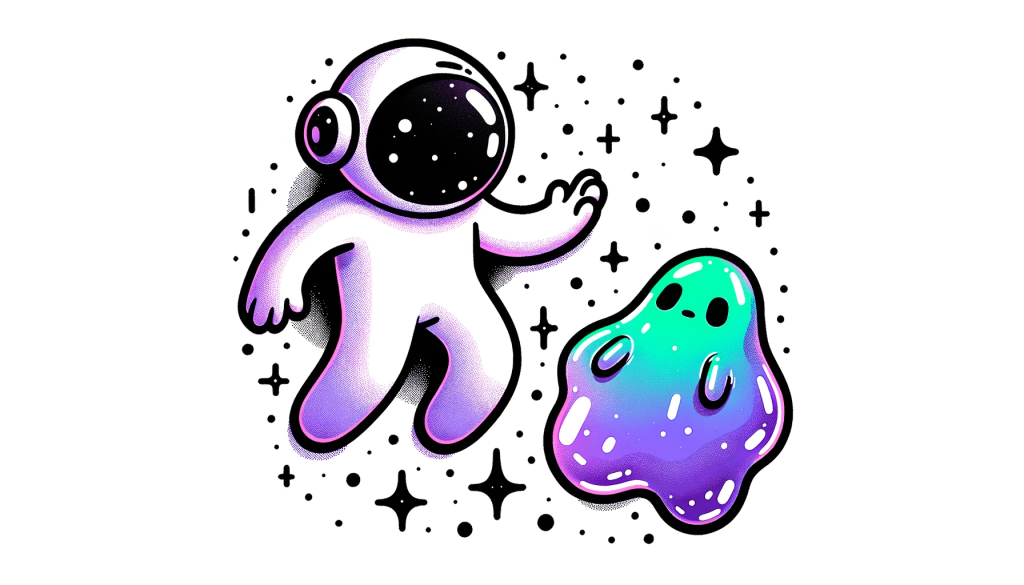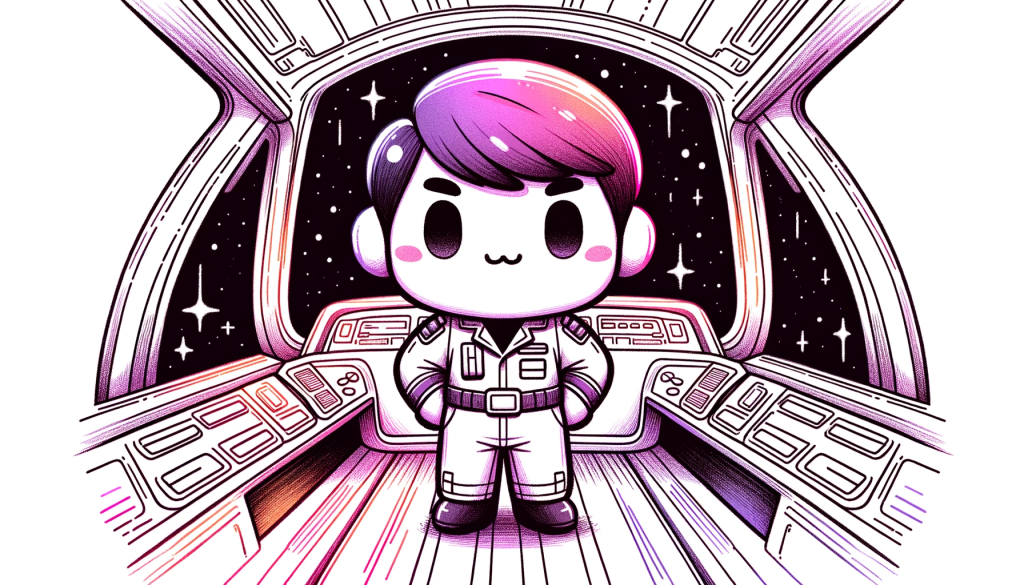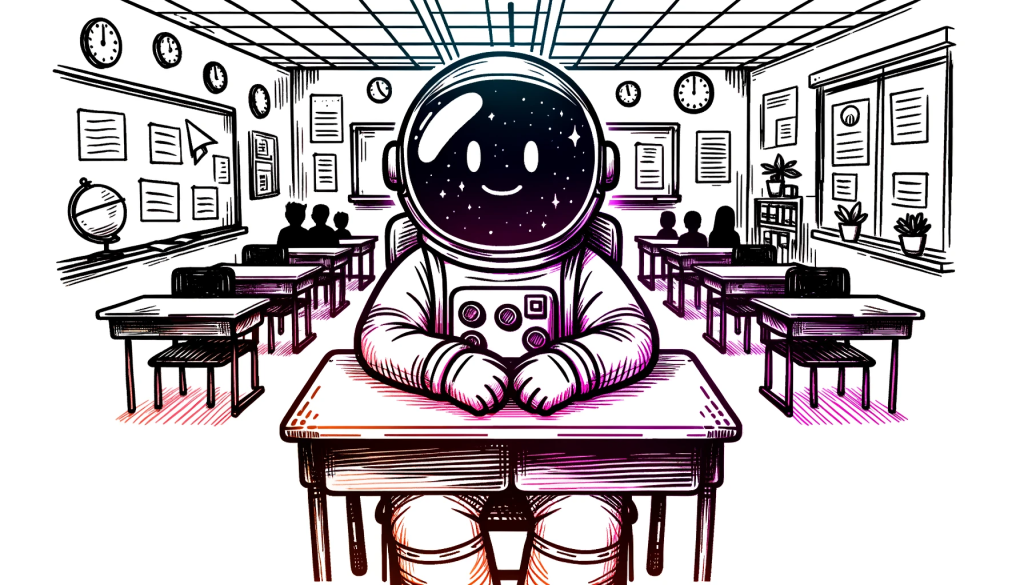At the New York Comic Con, Alex Kurtzman, the executive producer of “Star Trek: Prodigy”, acknowledged the fans’ pivotal role in saving the show and ensuring its move to Netflix.
Quick Facts
- Event: New York Comic Con discussion on the future of “Star Trek: Prodigy”.
- Fan Campaign: The #SaveStarTrekProdigy campaign, which included a change.org petition and an aerial banner, played a significant role in reviving the show.
- Netflix’s Role: Netflix will debut the first season of “Star Trek: Prodigy” later this year, with the second season set for a 2024 release.
During the Star Trek Universe Panel at NYCC, Kurtzman addressed the recent developments surrounding “Star Trek: Prodigy”. He emphasized the fans’ instrumental role in reviving the show, especially after its removal from Paramount+. The #SaveStarTrekProdigy campaign, which saw a rapid growth in signatures and even included an aerial banner flying over Netflix’s Hollywood offices, showcased the fans’ dedication and passion for the series.
Further emphasizing the fans’ impact, Kurtzman mentioned the significant sales of the first season’s home media releases. The first part sold out shortly after the show’s removal from streaming in June, and the second part recently made its debut on the Media Play Top 20 Sales Chart. Expressing gratitude, Kurtzman thanked fans on behalf of the entire “Prodigy” team, highlighting their love for the show and the incredible support from the Star Trek community.
As for the show’s future, Netflix plans to release all 20 episodes of the first season that were previously removed from Paramount+. The second season is currently in the works, with a planned release in 2024. Given Netflix’s typical release pattern, it’s speculated that the season might be divided into two 10-episode arcs, aligning with the show’s narrative structure.
| For Further Reading | The Star Trek Universe has been a staple in science fiction for decades, spanning multiple series, movies, and spin-offs. “Star Trek: Prodigy” is one of the newer additions, targeting a younger audience with its animated format. The show’s journey, from its conception to its move to Netflix, showcases the enduring love and dedication of Star Trek fans. [Wikipedia] |
Q&A
What was the role of fans in saving “Star Trek: Prodigy”?
Fans launched the #SaveStarTrekProdigy campaign, signed petitions, funded an aerial banner over Netflix’s offices, and supported the show’s home media releases, playing a crucial role in its revival.
When is Netflix planning to release the second season of “Star Trek: Prodigy”?
Netflix has announced plans to release the second season of “Star Trek: Prodigy” in 2024.
How did Alex Kurtzman express his gratitude to the fans?
Kurtzman thanked fans for their unwavering support and credited them for bringing “Star Trek: Prodigy” back, emphasizing their significant role in the show’s journey.
Original article source: TrekMovie.com










